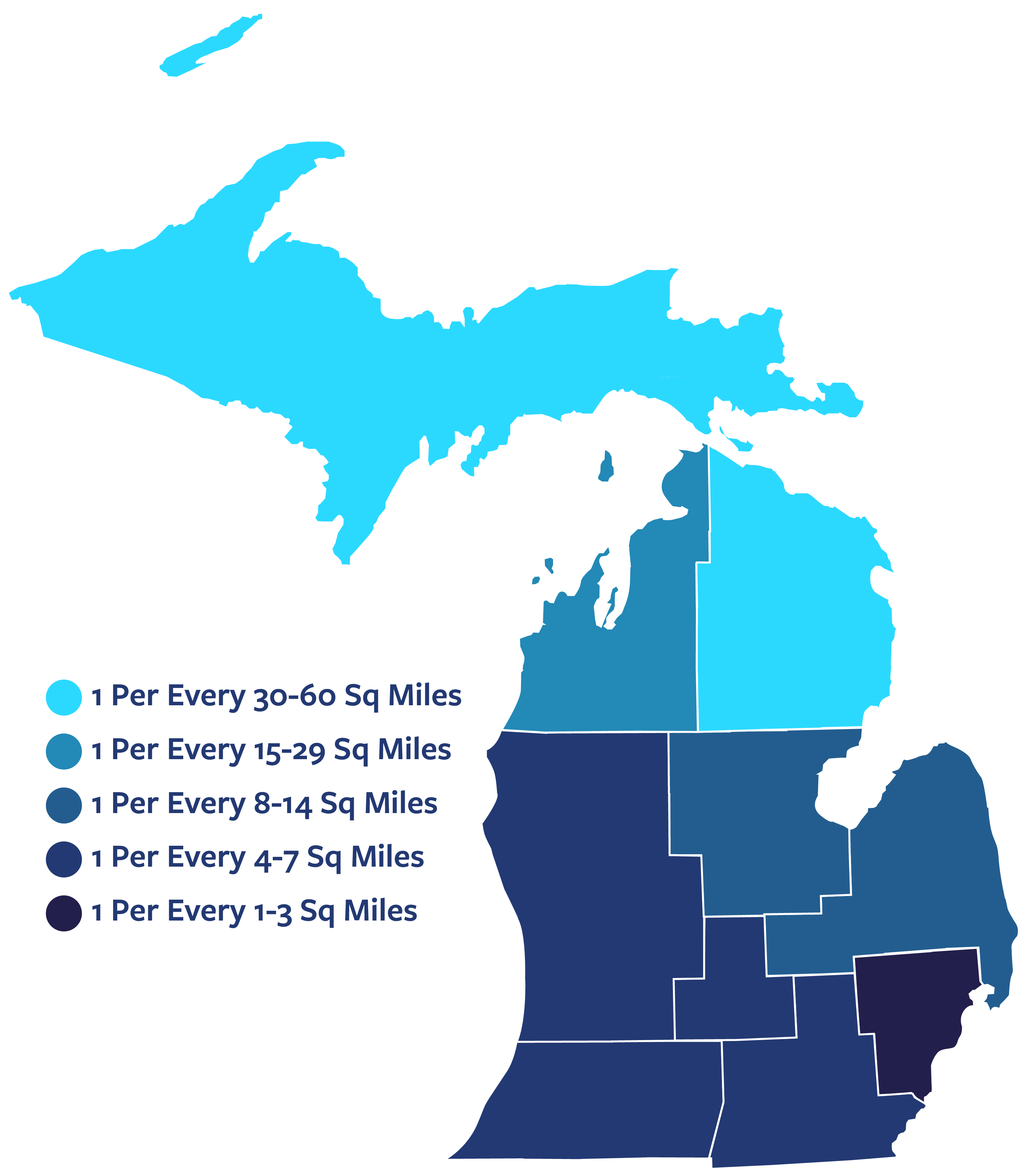Trends
Enrollment in the CDC Scholarship Program Returned to Pre-Pandemic Levels
Families in Michigan with children aged 13 or younger who meet the income limits, have a qualifying need for child care (e.g., parental employment, family preservation), or fulfill other criteria are eligible for a state financial assistance program, the Child Development and Care (CDC) scholarship. In most Michigan counties, 20% to 40% of the population would qualify for this assistance.
Percentage of Child Population (Ages 0-12) Estimated Eligible for the Scholarship by County, 2022
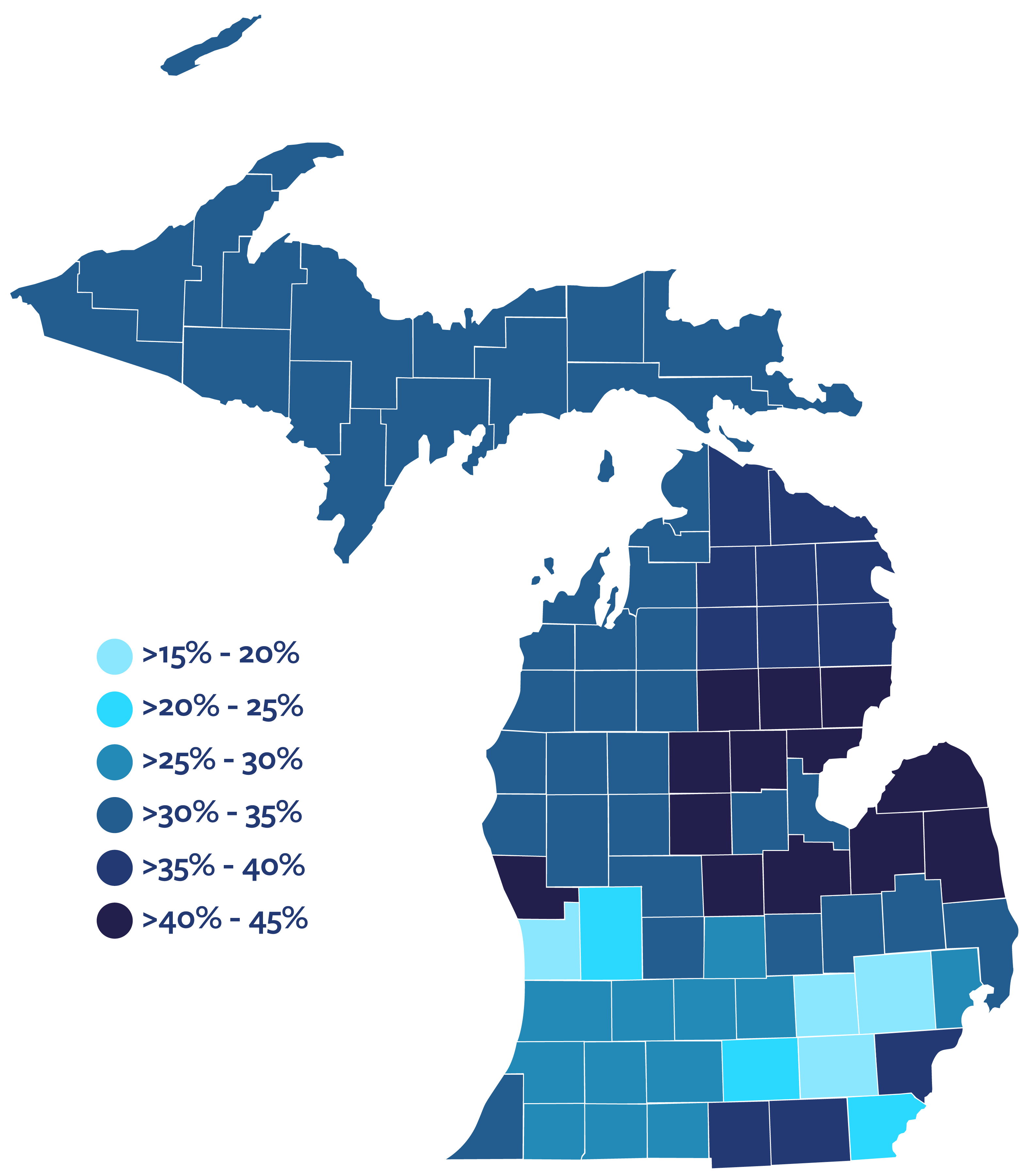
CDC program enrollment declined sharply from 2012 to 2016, but it climbed and hit a peak in 2019 before again falling due to the COVID-19 pandemic.
Number of Children Utilizing the Child Care Scholarship, January 2013-December 2022
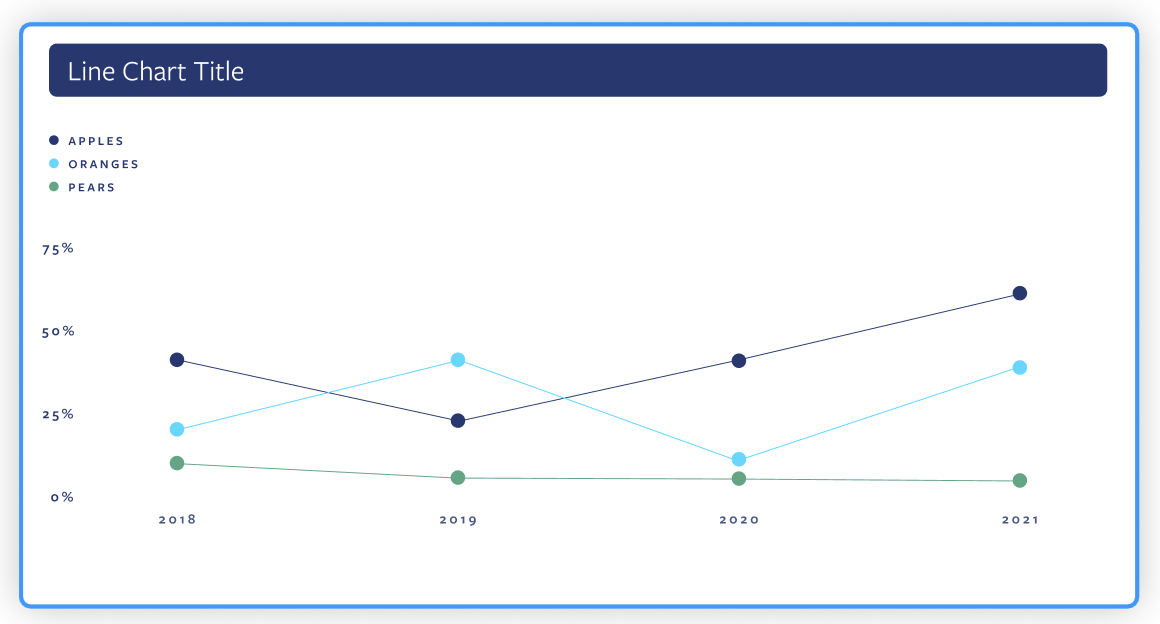
In 2020 and 2021, lower caseloads were due to fewer new enrollments. A notable gap existed between the supply of new providers and new children enrolling in each year.
Providers and Children Participating in the CDC Program for the First Time by Year, 2014-2021

Program numbers declined sharply during the COVID-19 pandemic but rebounded to pre-pandemic numbers in 2022.
Subsidy Enrollment 2019-2022
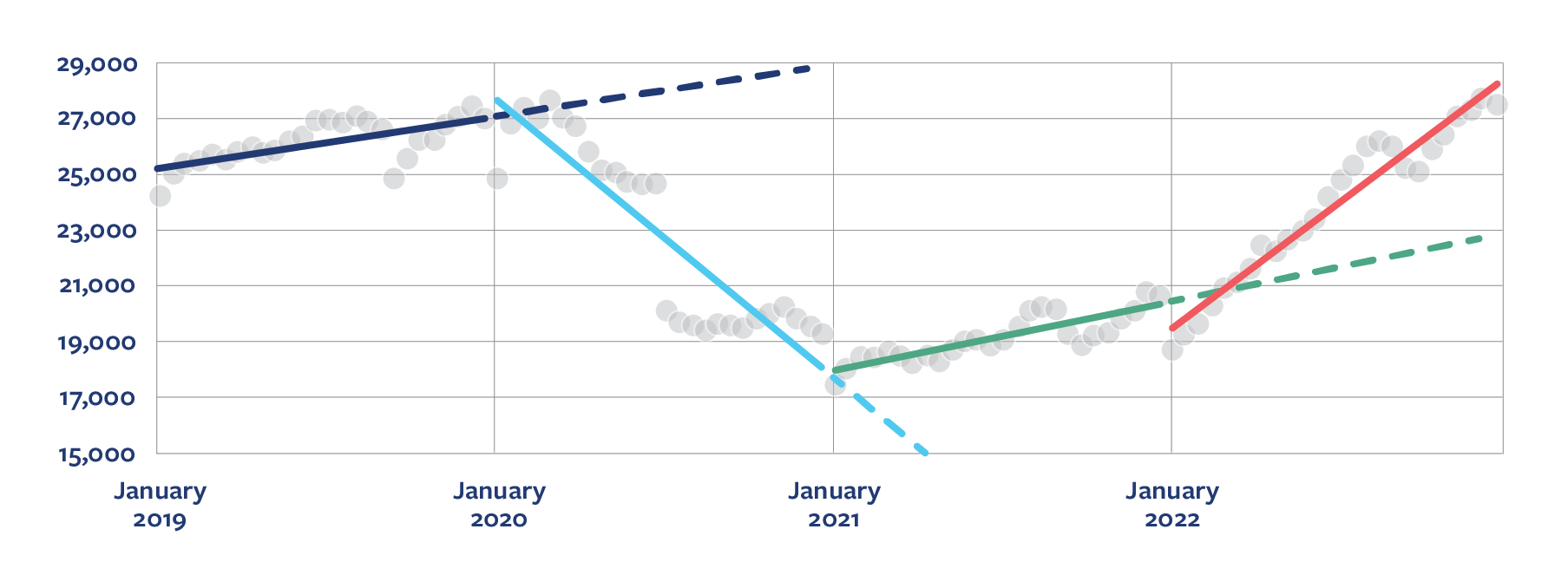
CDC Scholarship Use Affected by Child Care Access
Of families approved for a subsidy in 2022, nearly half (48%) did not use it. This is a similar proportion to those for each year since 2017.
PPA interviewed parents to understand why they did not use their scholarships that year. Parents had multiple reasons; the figure below shows the 63 responses generated by 48 parents. Notably, 22 comments cited waitlists or lack of provider capacity. This shows that an insufficient child care supply is compromising families’ ability to use the assistance.
Parents who could not access child care centers were forced to look for other options like unregulated child care or caring for their children on their own. For five of these parents, the lack of child care caused them to lose jobs or not seek employment. At scale, that has serious implications for the state’s economy.
Parents Relied On Other Options for Child Care
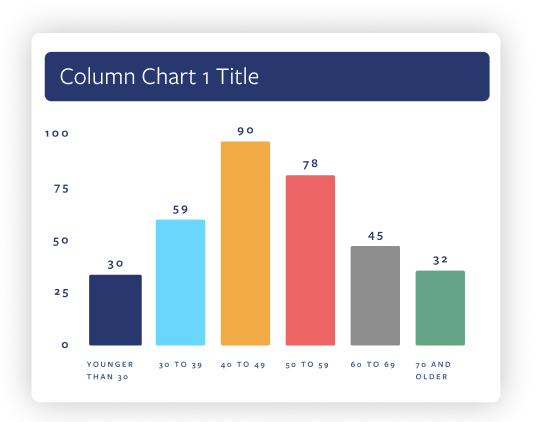
Child Care Supply Declined Since 2015
Licensed child care supply in Michigan dropped by 28% between 2015 and 2021, representing a 7% decline in the number of child care slots. During the first nine months of the pandemic, payments to providers in the CDC program dropped by 20%. Program participation by license-exempt providers dropped by 35% between 2019 and 2021. The first increase in licensed providers occurred in 2023; however, the gain was modest, and the number was still far lower than in 2015.
Trends in the Number of Licensed Providers, 2014-2022

The availability of child care varies by region of the state. The ratio of children under 13 to licensed capacity was higher than 3:1 in every region in 2022, exceeding the benchmark for sufficient supply. Child care slots were rarer in the northeast corner of the Lower Peninsula. Families in the northern regions of the state, including the Upper Peninsula, Northeast, and Northwest would have had to travel farther to reach child care providers.
Ratio of Number of Children to Licensed Capacity



